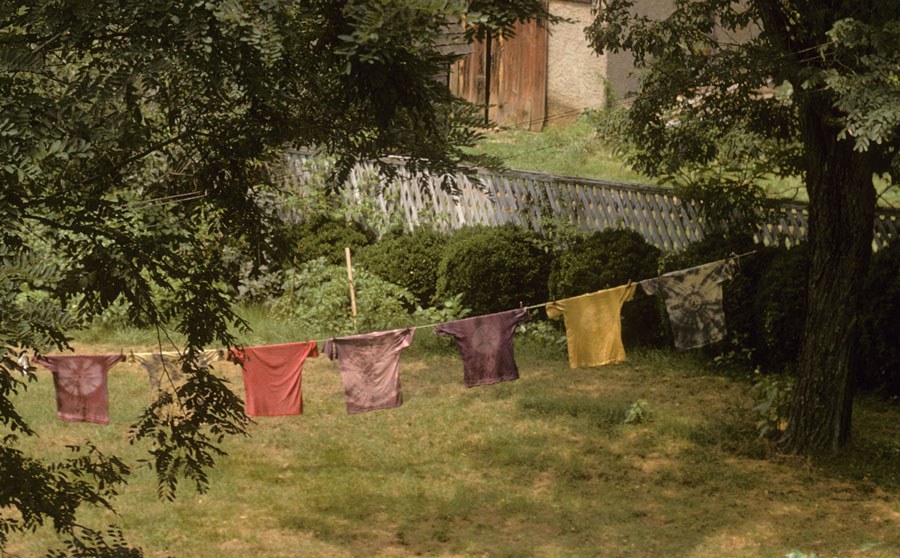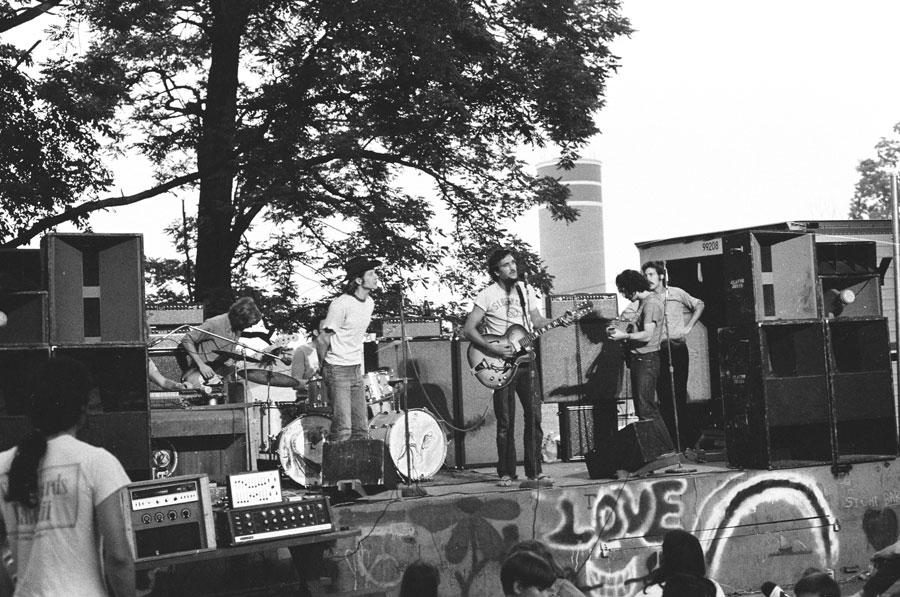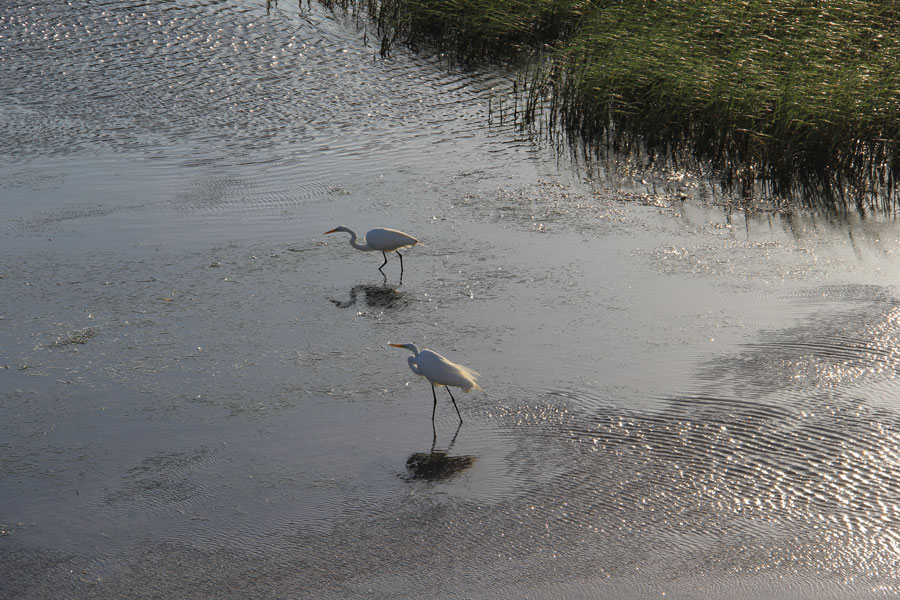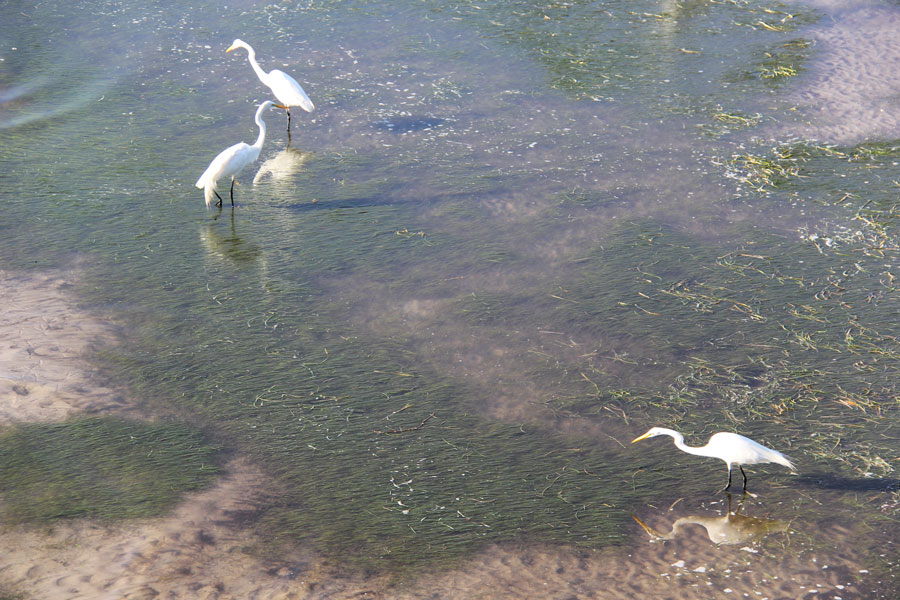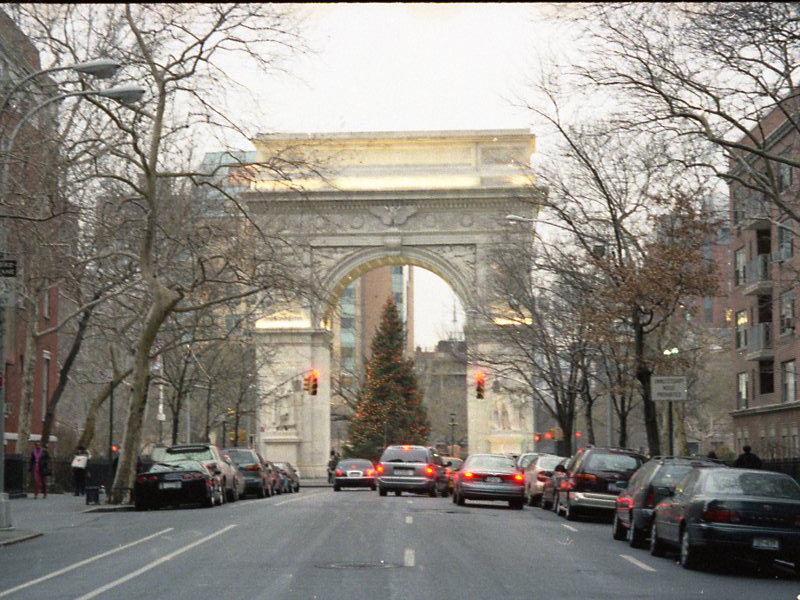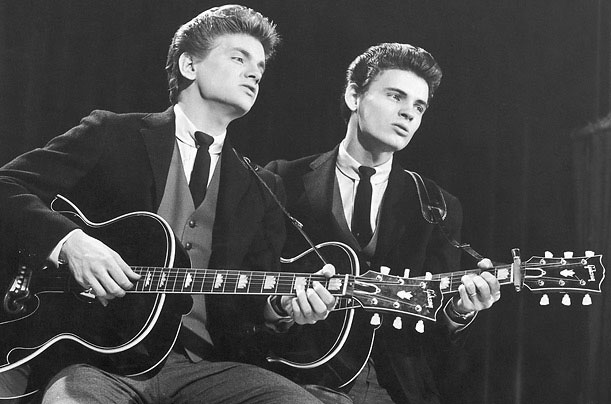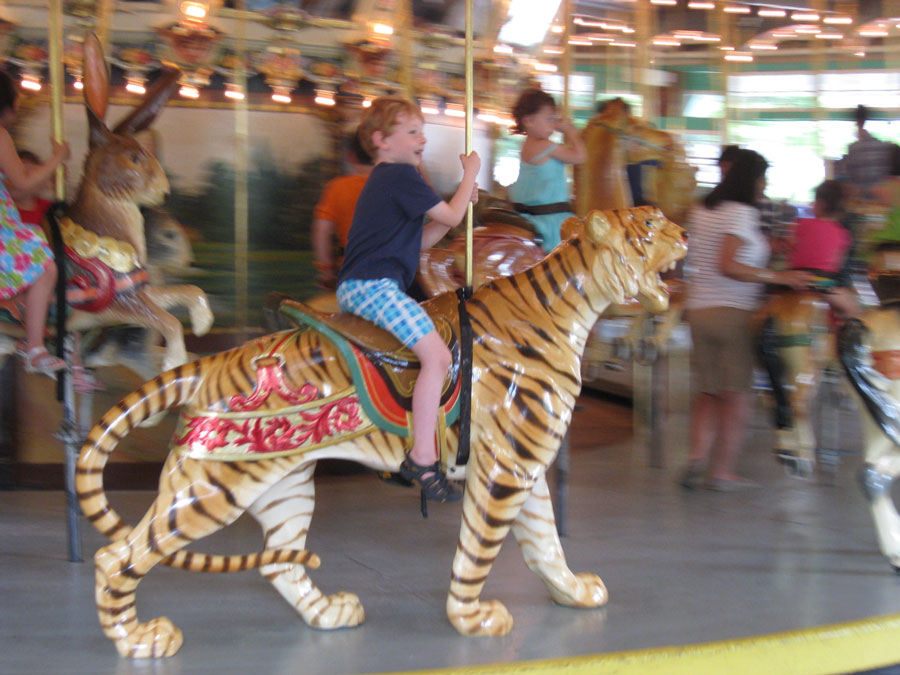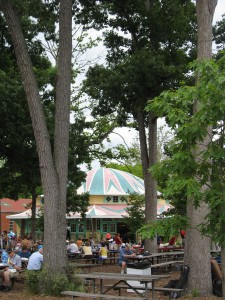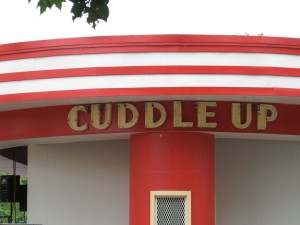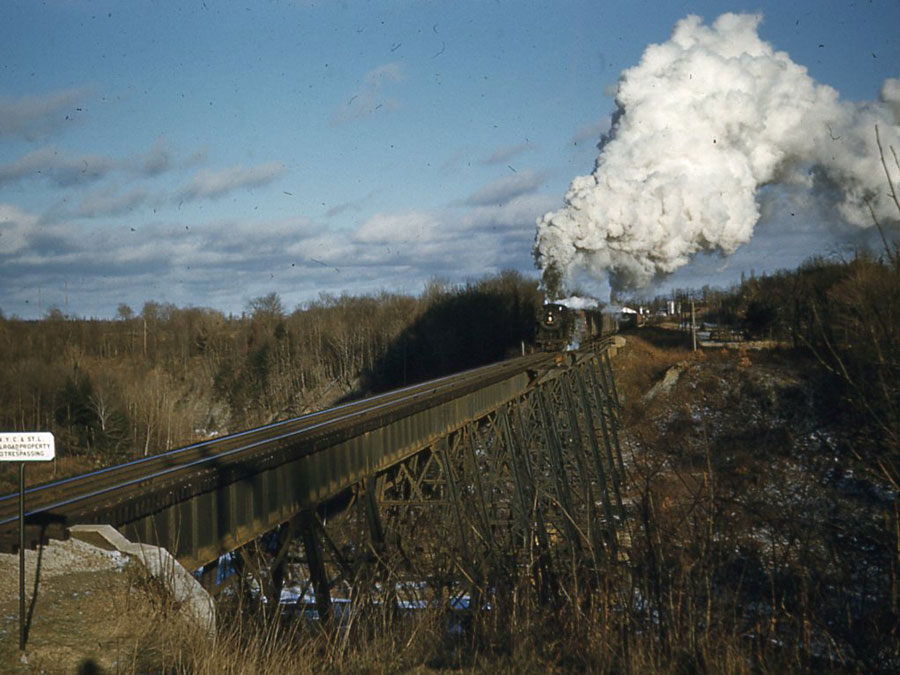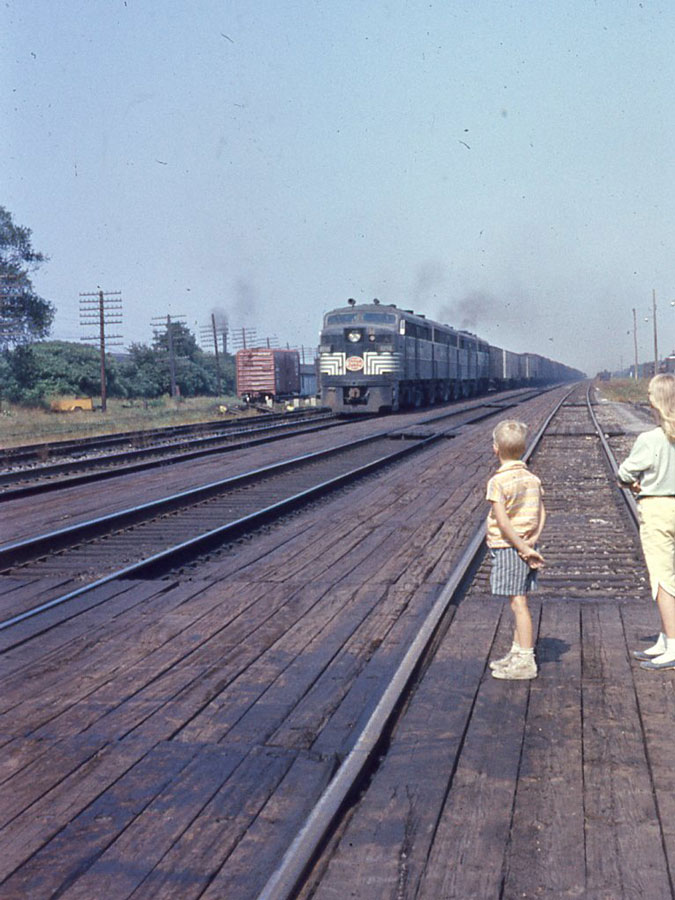‘Tis the season for excess.
At this time of year, when we should all be thinking of others and trying to be the person our dog thinks we are etc., the impulse to go overboard can get the best of the best of us.
When my children were little, and still true believers in the miracle of things appearing under a magic tree once a year, I felt the weight of their belief on my shoulders. I wanted to give them a happy day. That doesn’t seem like too much to ask, does it? Yet, now that I’m older, if not much wiser, I realize that happiness isn’t something you can wrap up with a bow and hand to your kid.
Happiness has to be won through struggle and toil, trial and error, through rain and cold and dark of night. And then, maybe, if you’re lucky, you’ll have a few moments when the drab wet raincoat of trouble falls to the floor and the radiant joy of life is yours and everything seems worthwhile for a few incandescent seconds.
The secret to being happy is to learn to appreciate those fleeting moments, and to remember them after they quickly vanish, like a beloved song you heard once but can’t download onto your hard drive.
In December it sometimes feels as if too many insipid holiday songs have been weaponized. It doesn’t matter if you only go to the drugstore for a tube of toothpaste, or if you’re stuck in the express line at the grocery waiting to pay for your milk, the tortures of Rudolph and Frosty will make the experience memorable, and not in a good way.
I love music. But as the years have gone by it seems I’m ever more cranky and hard to please. So when I tell you I recently discovered the charms of ukulele music, trust me, it’s that good.
For those of us who had the misfortune to grow up when Tiny Tim was the most prominent ukulele player on the entertainment scene, the mere mention of the instrument was enough to empty rooms. It was a classic case of blaming the messenger.
The ukulele itself is a remarkable instrument, accessible to a small child, yet capable of producing anything from classical to jazz, from rock to bluegrass. And yes, even heavy metal, uke style.
I learned all of this, not only from my ukulele playing nephew, who is always way ahead of the curve on these things, but from a charming short film titled “Jake Shimabukuro: Life on Four Strings.”
Shimabukuro, a native of Hawaii, began playing ukulele at the age of four. He had early success with a small band and gained local recognition. But Shimabukuro’s talent has taken him far beyond the island. His passion for an instrument seldom granted much respect outside Hawaii has made him an inspiration to a new generation of musicians, dazzling audiences around the world with his brilliant playing and his infectious personality.
And he does it all on only four strings. Who could ask for anything more?
